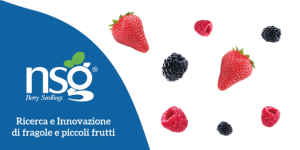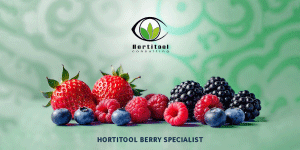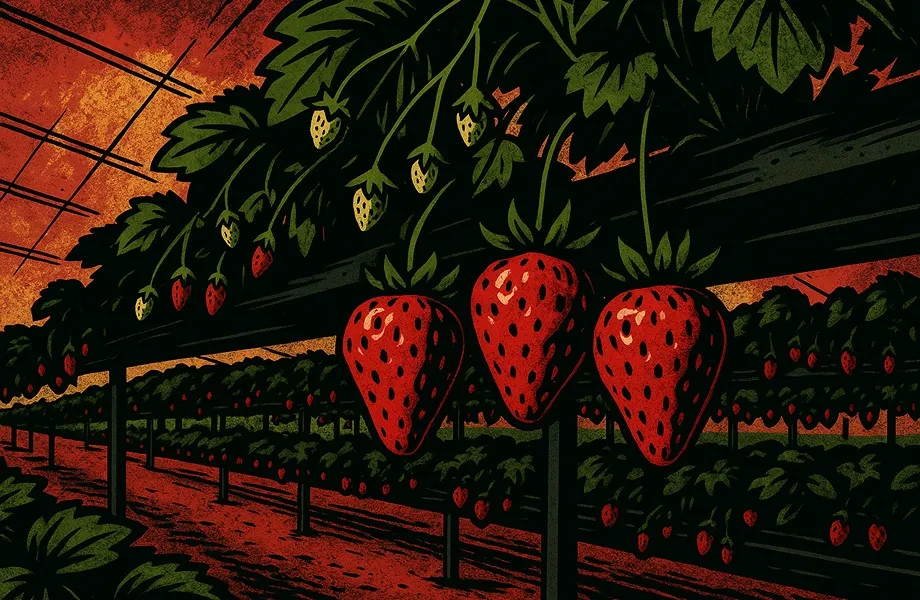Every year, with the arrival of spring, strawberries take center stage in the fresh produce section and in media coverage. But along with renewed consumer interest, criticism resurfaces: according to a recent test published by "Il Salvagente", traces of pesticide residues were found in 15 packs of strawberries purchased in Italian supermarkets, with up to seven substances detected in a single sample. Although all products were found to comply with European regulations – which set strict limits and require thorough checks – the tone of the report fosters a climate of mistrust, generalizing about an entire production category.
In such a sensitive context, it is essential to restore balance to the narrative, offering operators in the supply chain, distributors, and institutional decision-makers a technical and objective reading of the facts.
Legal compliance is not a minor detail
The first point to clarify is that none of the analyzed samples exceeded legal limits. Strawberries produced in Italy, including those tested, fully comply with EU regulations on residues, among the strictest in the world. This is not a marginal aspect: legality and food safety are the result of daily work, including inspections, good agricultural practices, traceability, and ongoing investment by producers.
Multiple residues: beware of oversimplification
The presence of several residues in a single sample – the so-called multi-residue – is often interpreted as an alarming sign, but it does not automatically imply a health risk. Legal thresholds are specifically defined to ensure that even cumulative exposures remain within safe margins. The precautionary principle must be respected, but without confusing perceived risk with actual risk.
Distinction is essential
The test itself shows that virtuous producers do exist within the supply chain. In addition to two excellent organic samples, even a conventional product – Conad Percorso Qualità – received positive evaluations, with only one residue detected in minimal quantity. This proves that not all production follows the same practices and that the Italian strawberry sector is far from uniform. Painting everyone with the same brush is unfair and harmful, especially to those producers who invest in sustainability, innovation, and quality.
A delicate crop in a complex context
It is important to remember that strawberries are among the crops most exposed to phytosanitary risks, and for this reason, they are among those that most frequently require protection measures. However, in recent years the sector has taken concrete steps toward reducing environmental impact: new, more resistant varieties, integrated pest management practices, the introduction of biostimulants, and advanced monitoring systems are transforming Italian strawberry cultivation. Many operators have adopted private standards and voluntary guidelines that go beyond basic legal requirements.
Support is needed, not delegitimization
Sustainability in strawberry production cannot be achieved without the involvement of the entire supply chain: breeders, nurseries, producers, agronomists, large-scale retail, and institutions must work together to accelerate the ecological transition of the sector. This also means financially supporting research, facilitating access to low-impact solutions, and communicating in a transparent yet fair manner.
Criminalizing the sector through sensationalist headlines and decontextualized analyses risks damaging the entire supply chain, undermining consumer trust and penalizing those working to improve.
Conclusion
The shared goal must be to promote a more sustainable Italian strawberry industry, while also recognizing what has already been achieved. Supply chain stakeholders are calling for scientific rigor and a sense of responsibility in communication: the right to healthy food goes hand in hand with the duty to tell the truth about the fields, even when it's more complex than a slogan.
Italian Berry – All rights reserved









